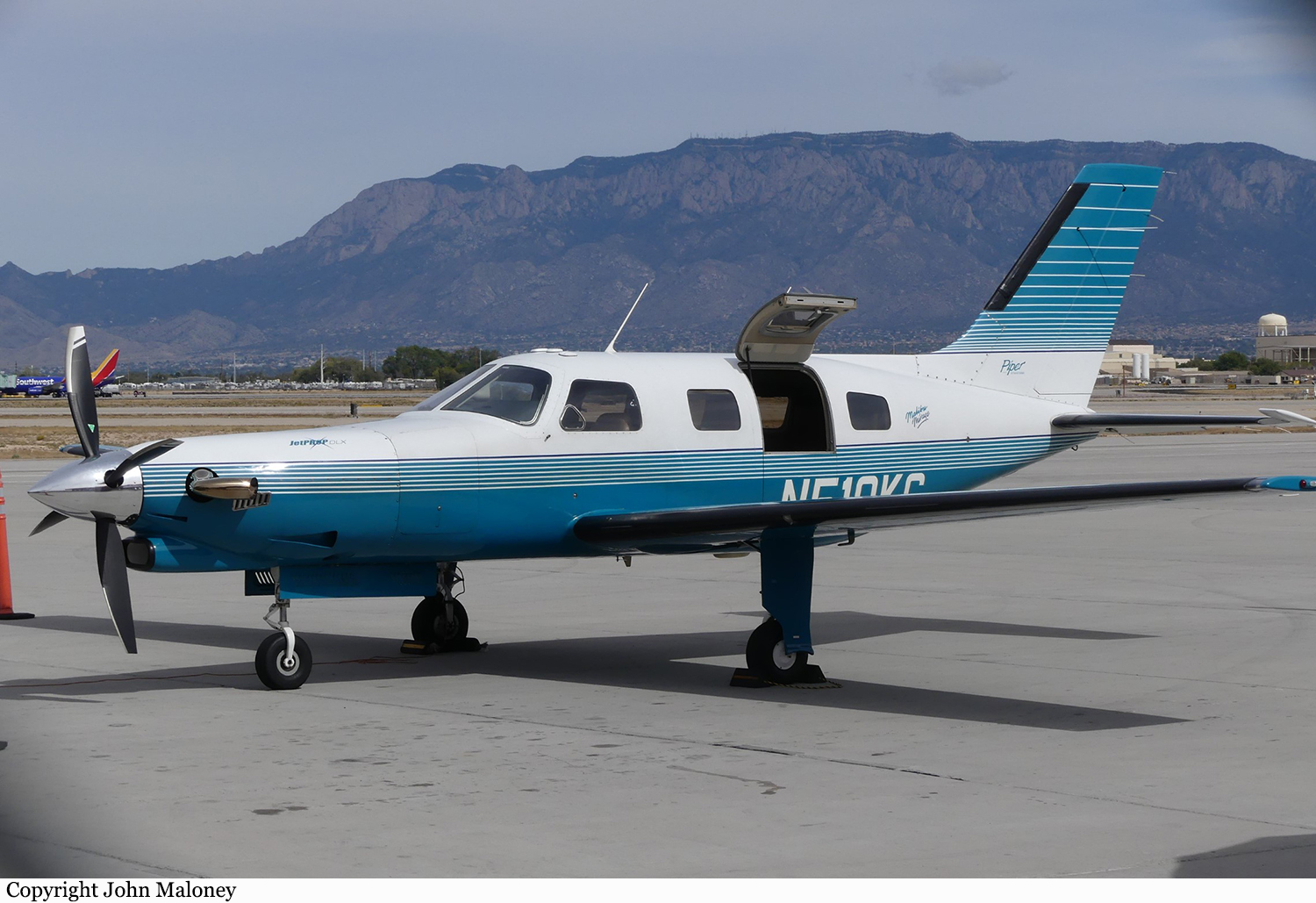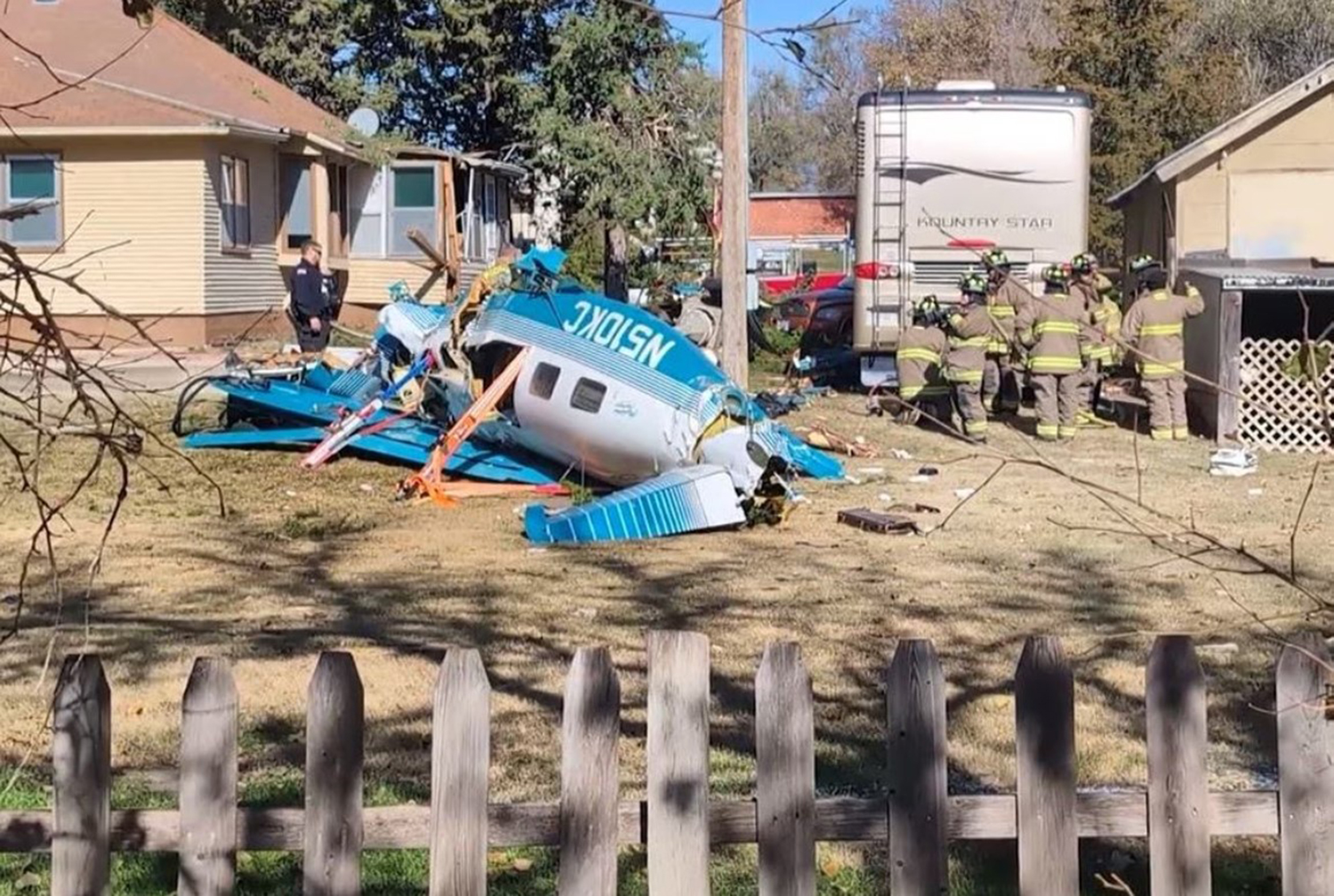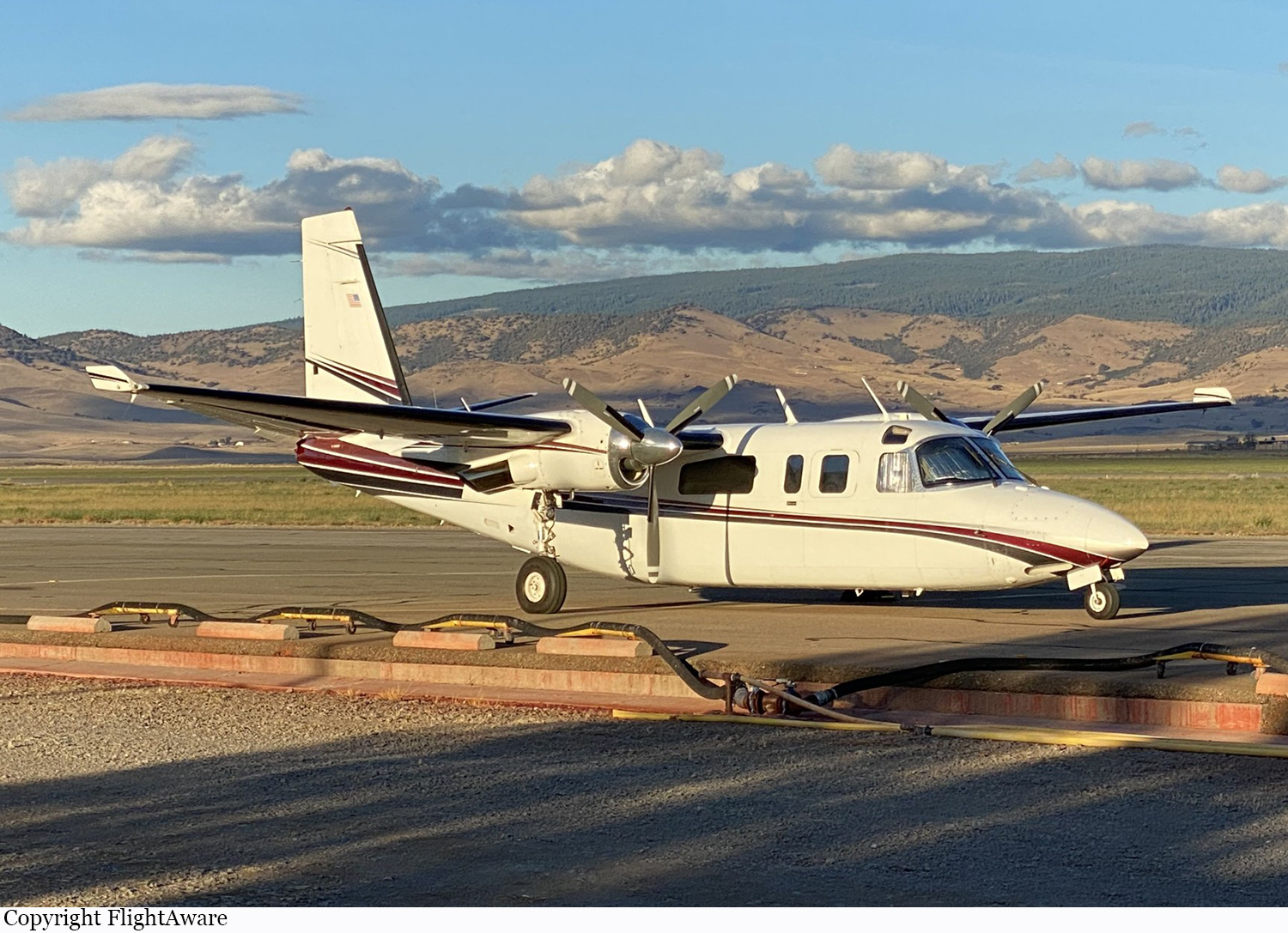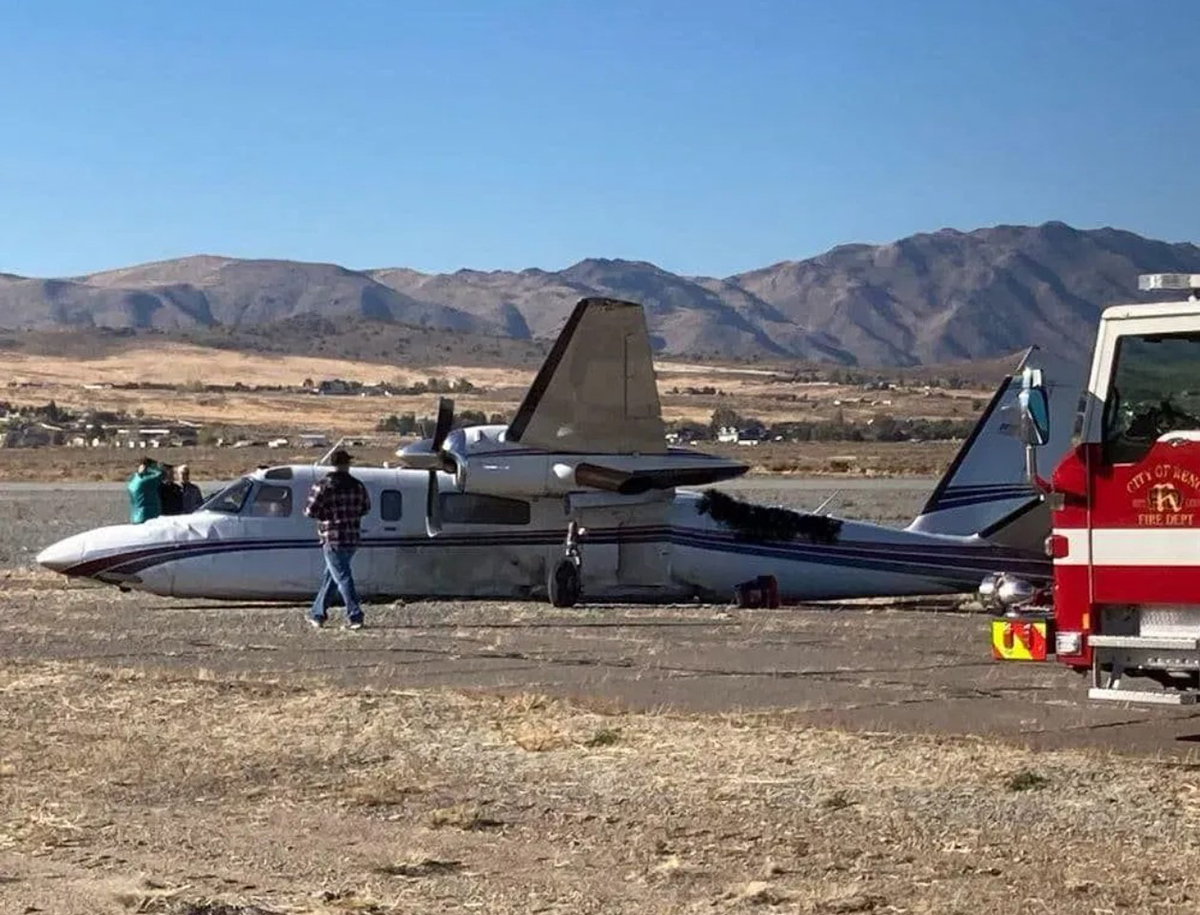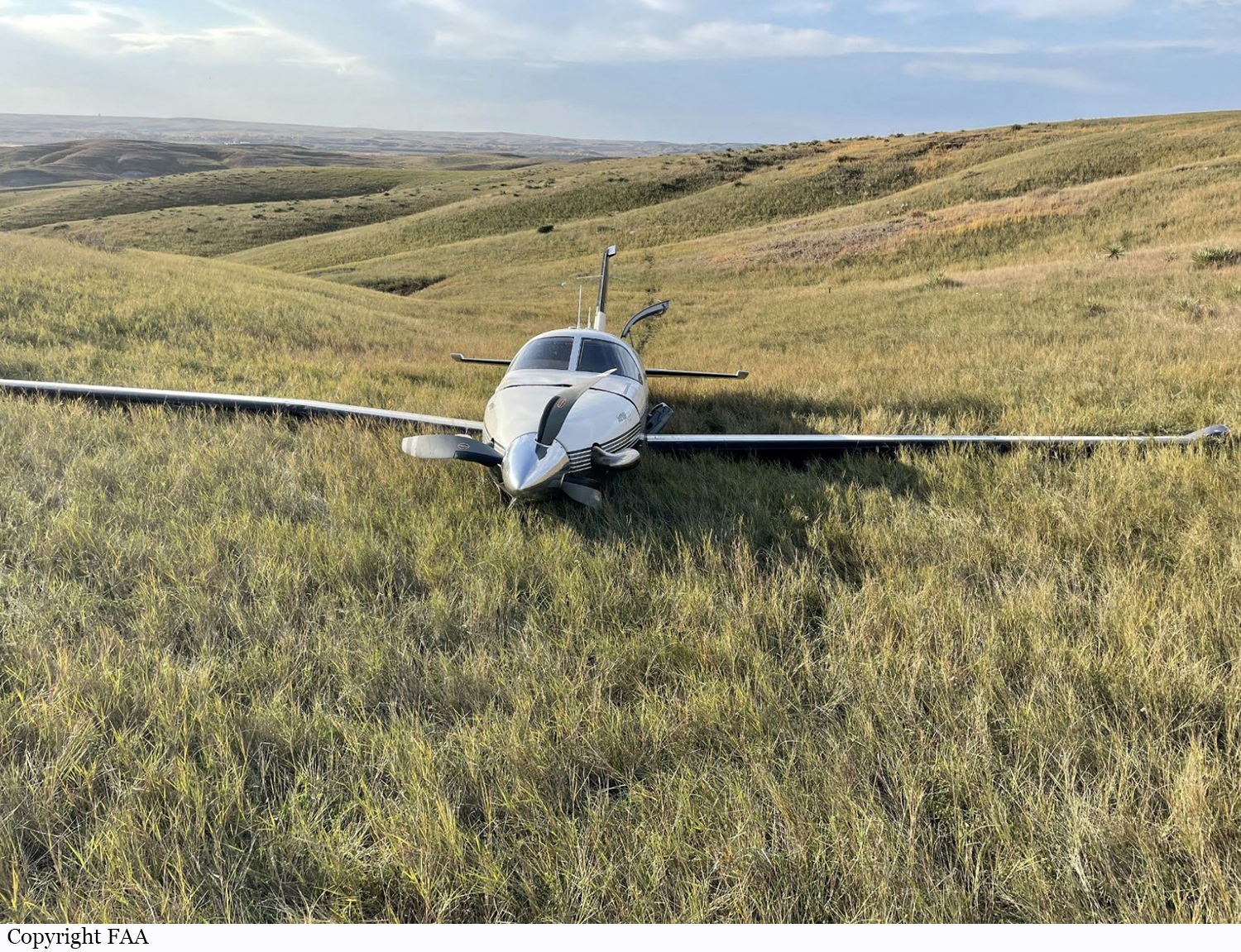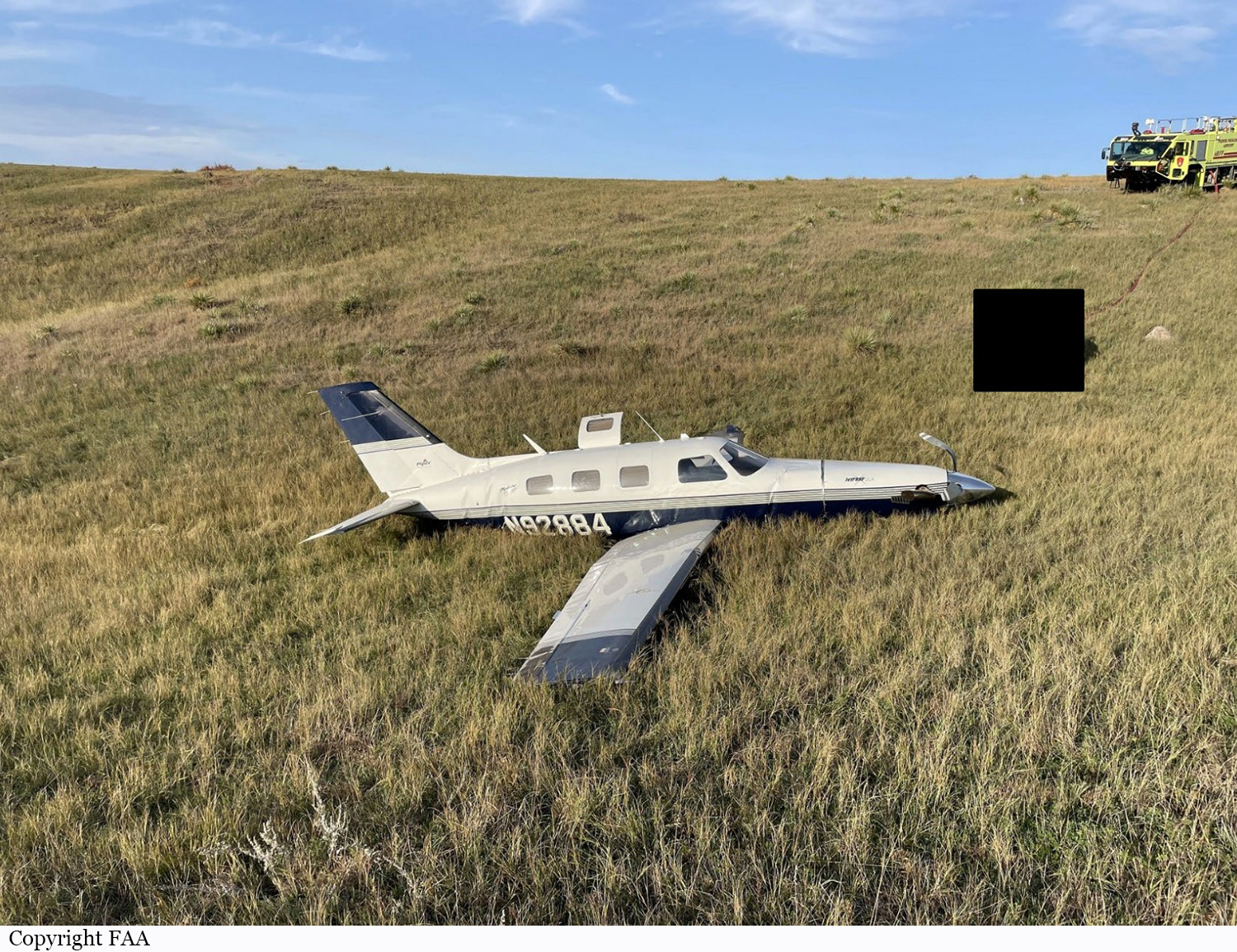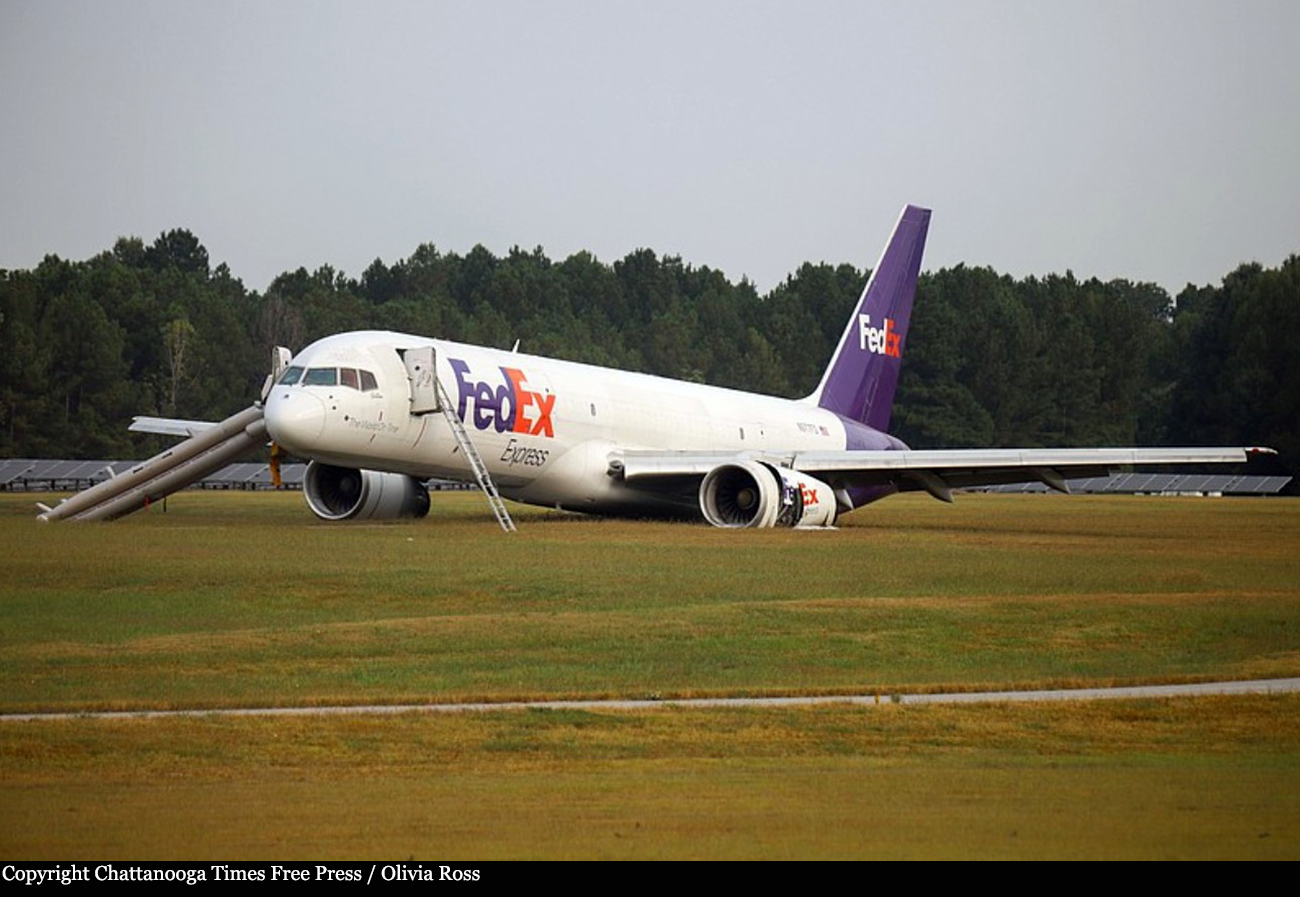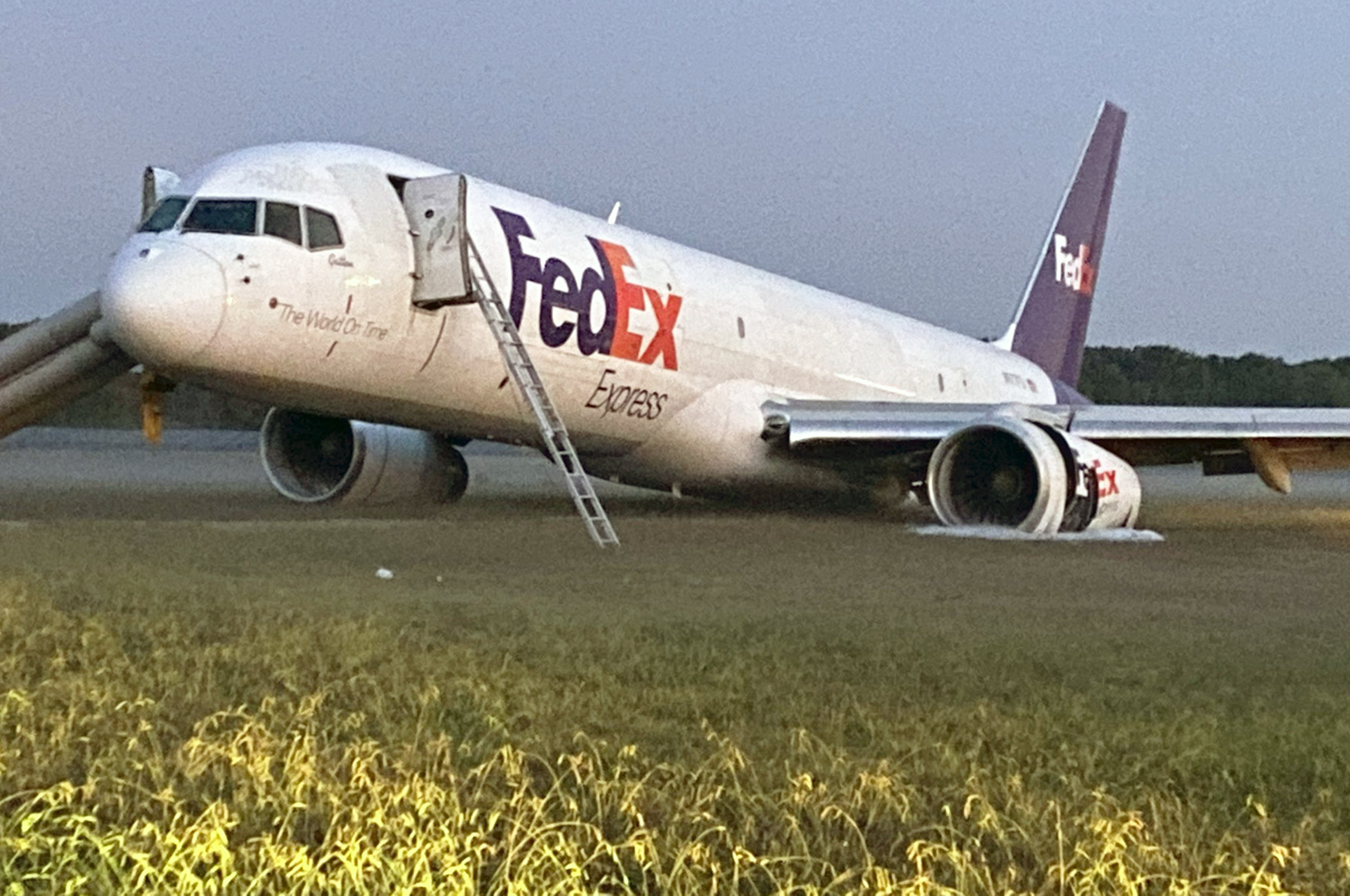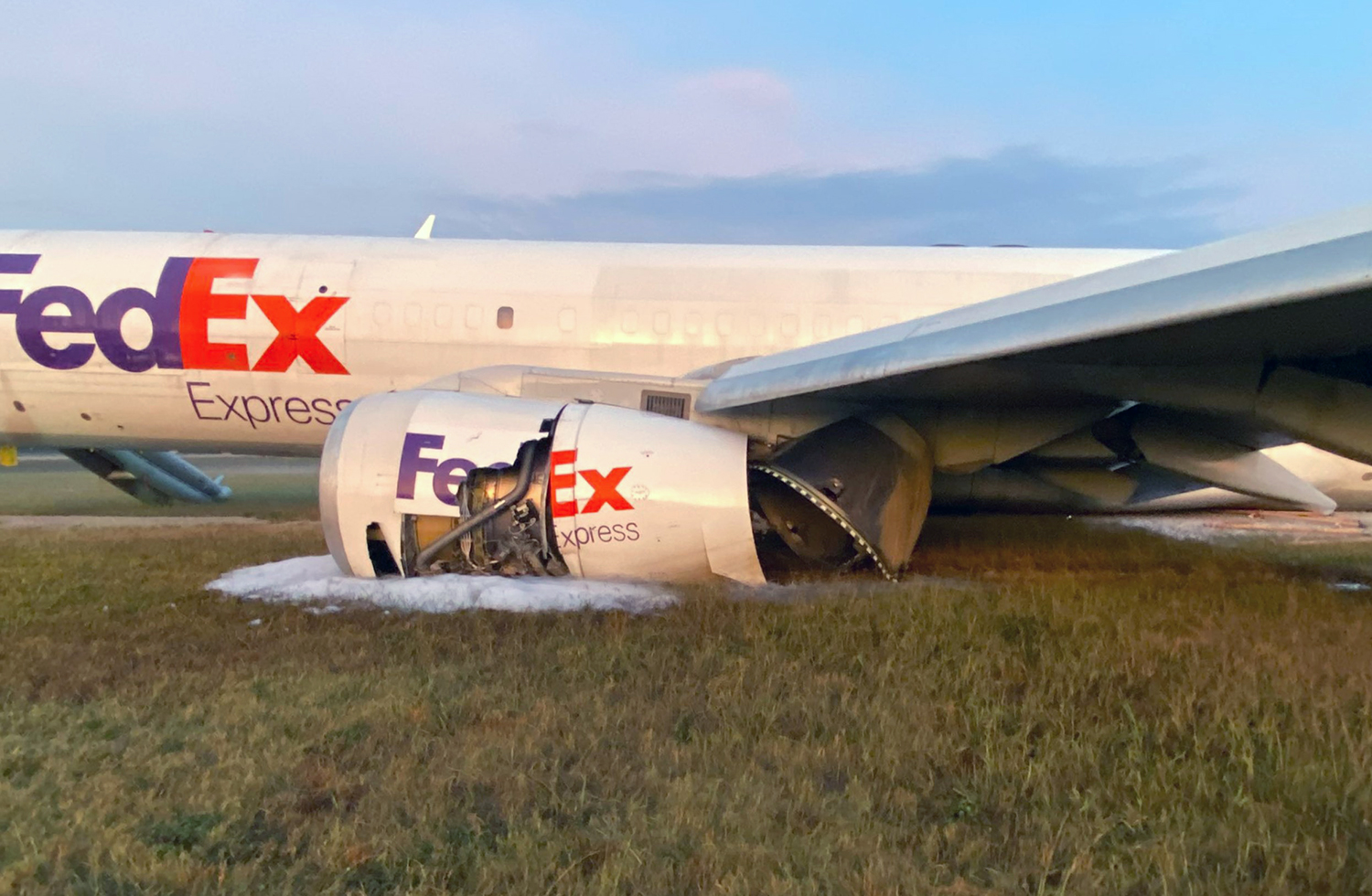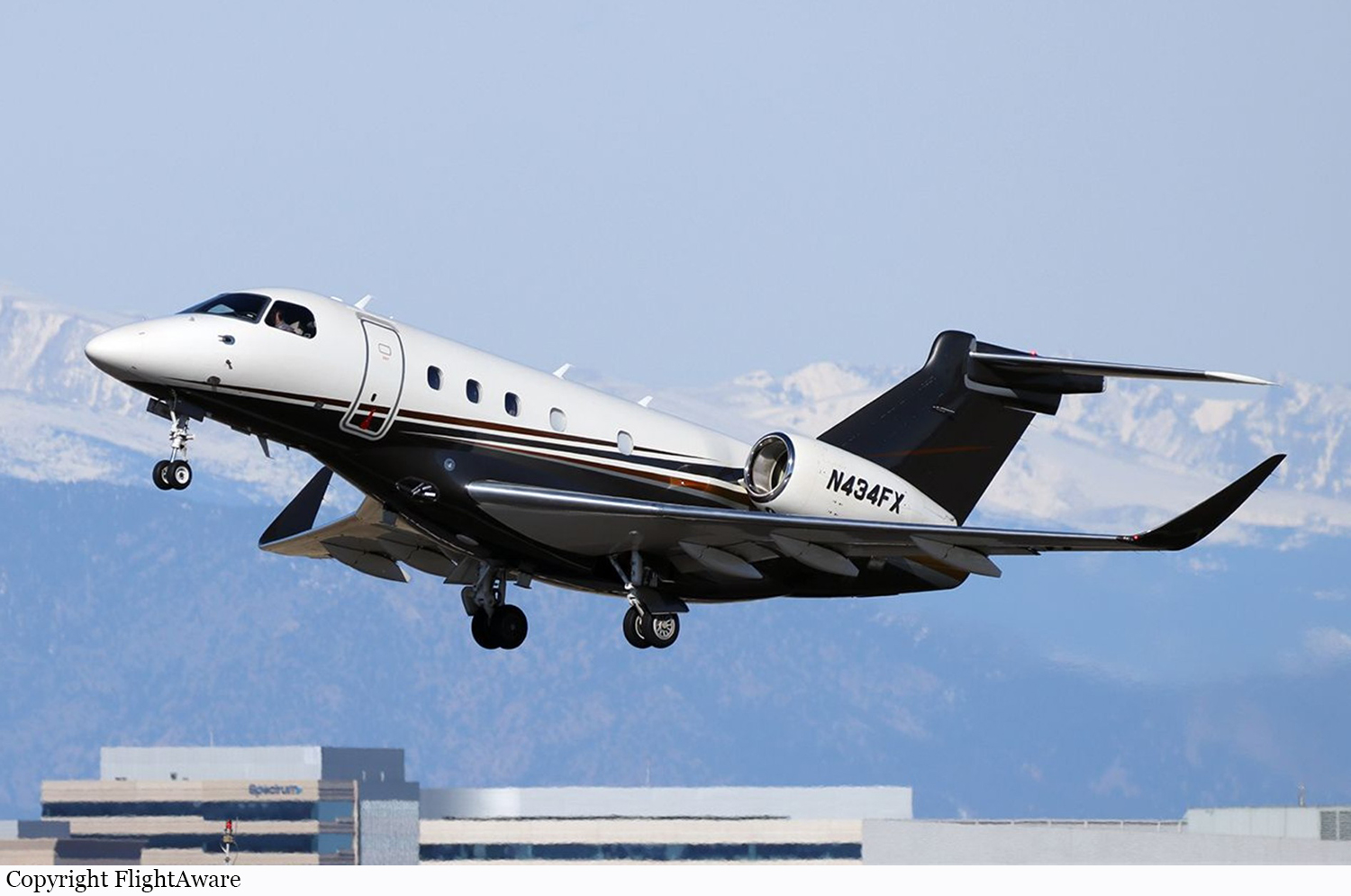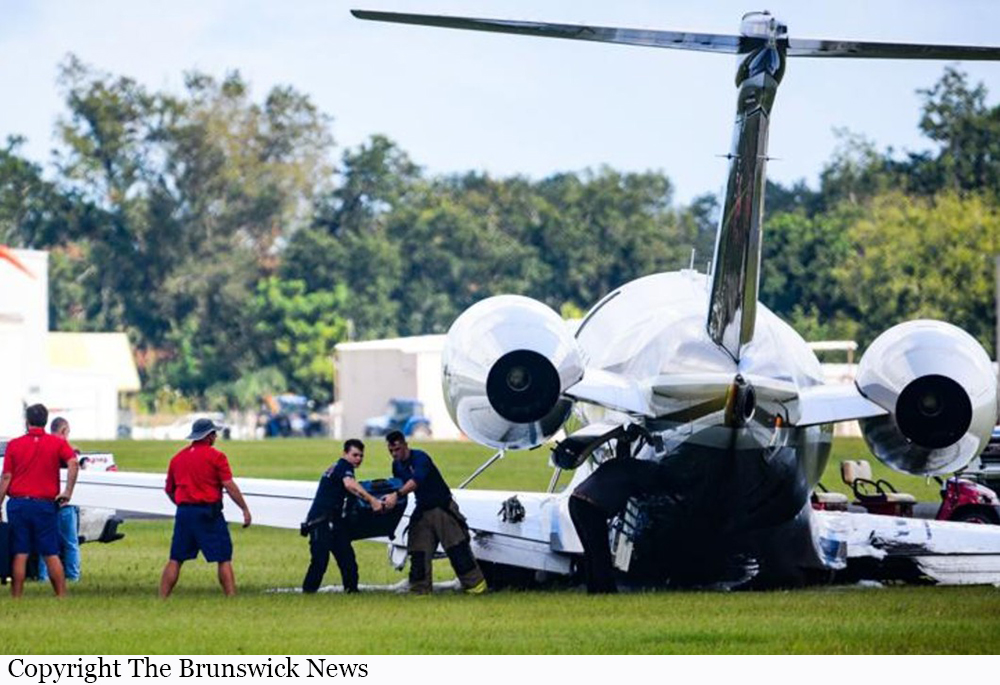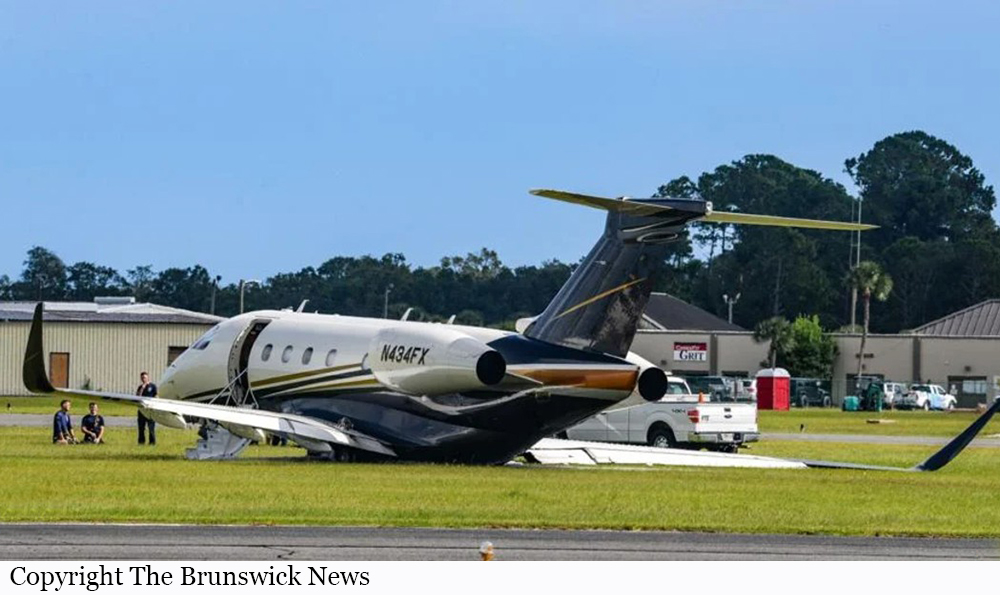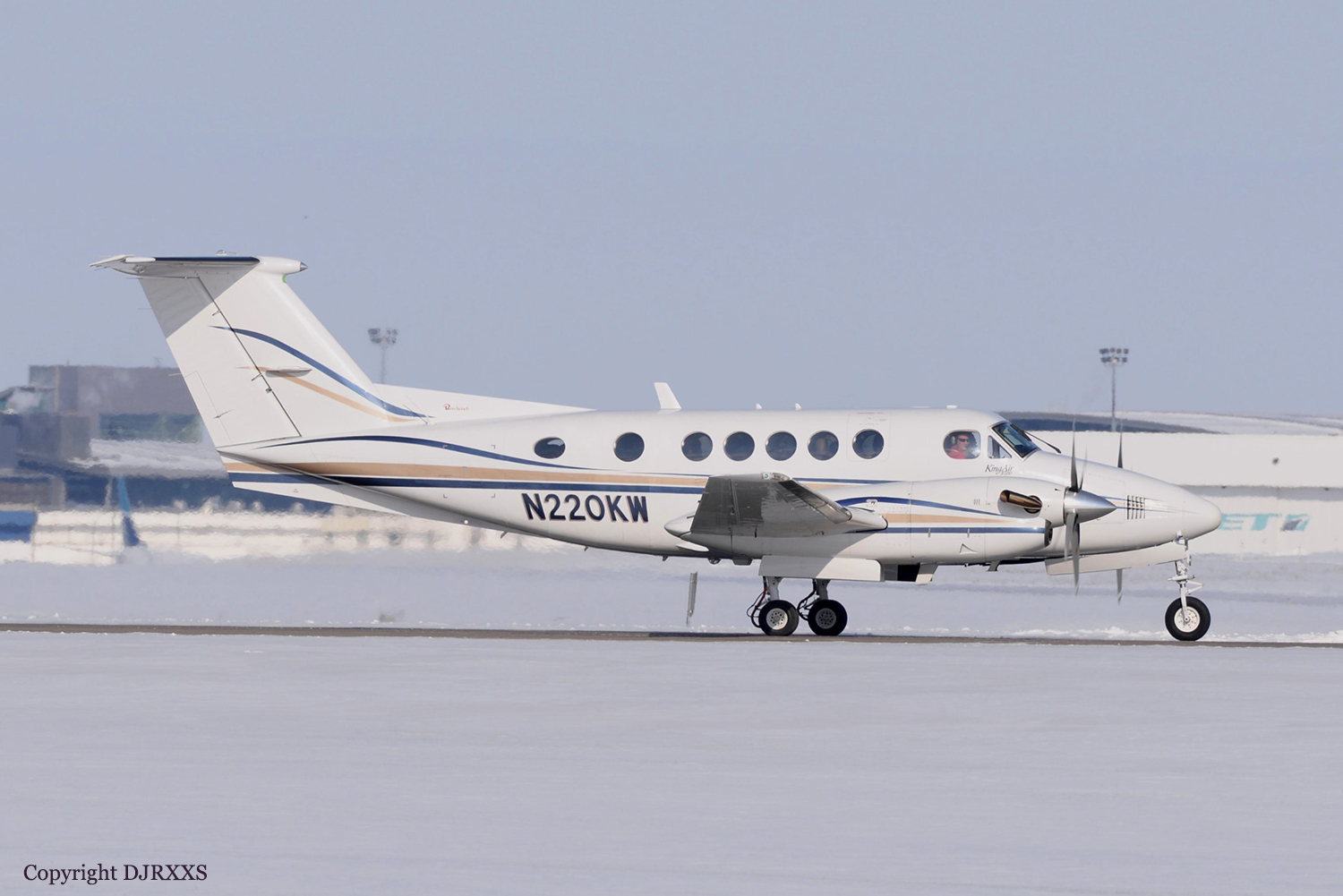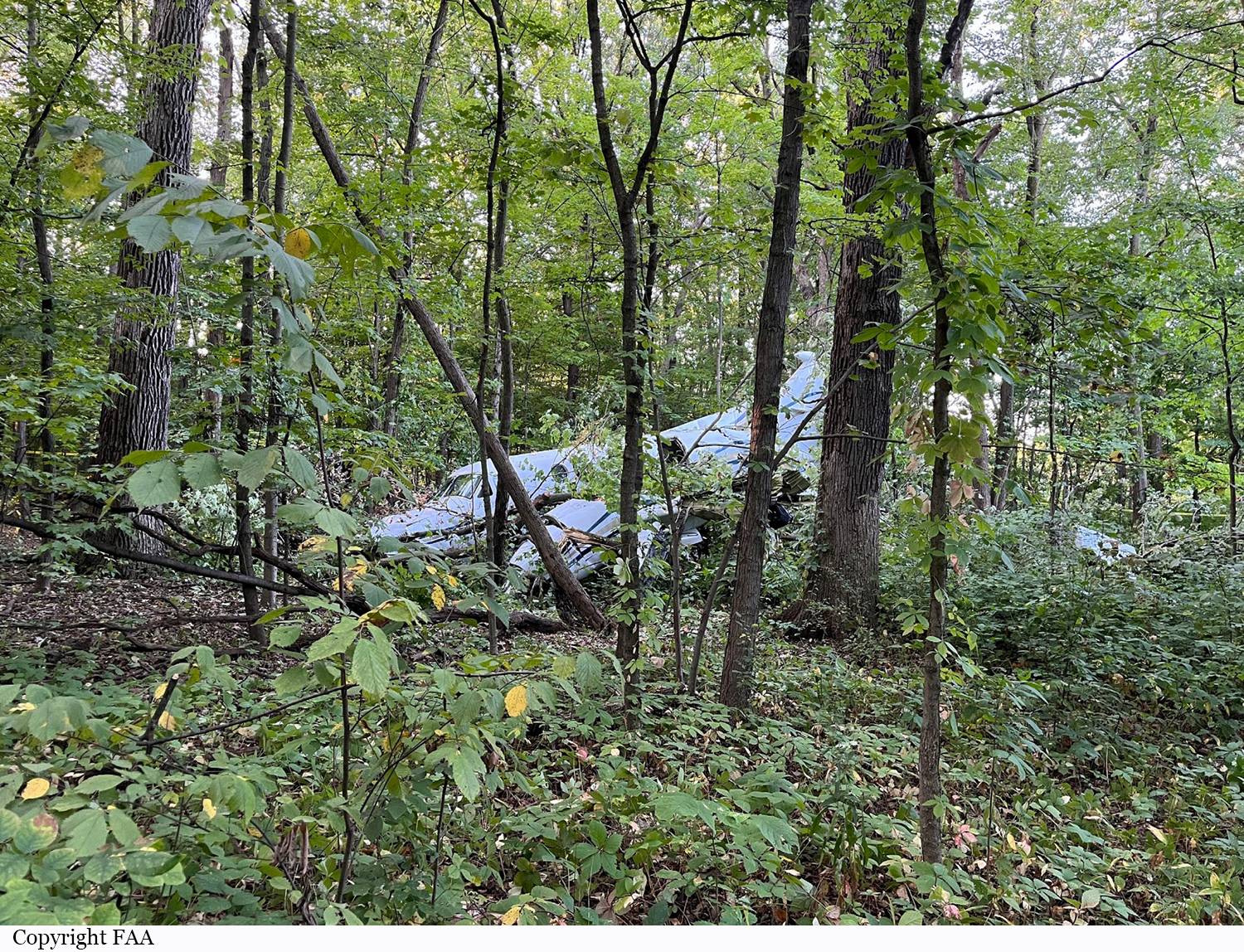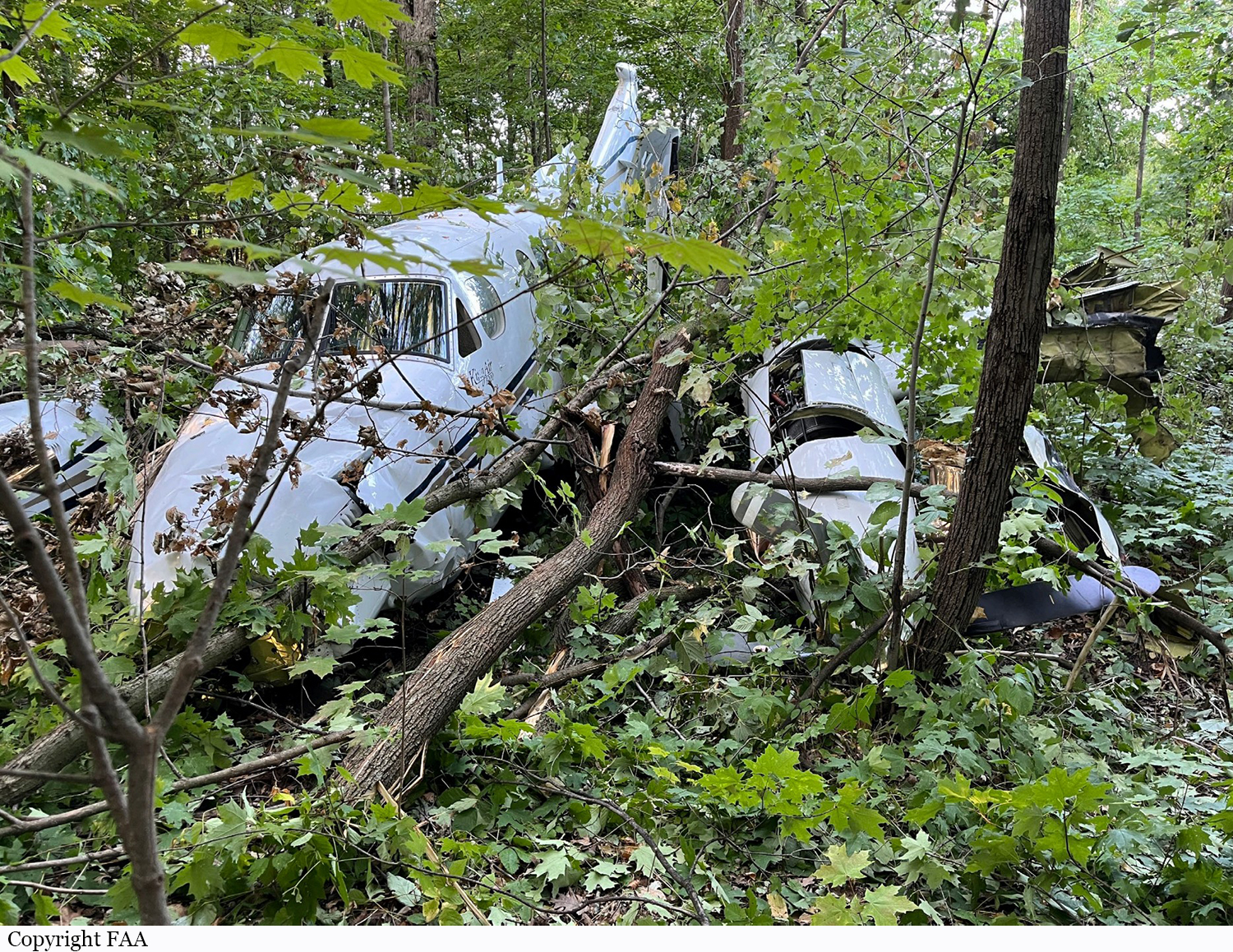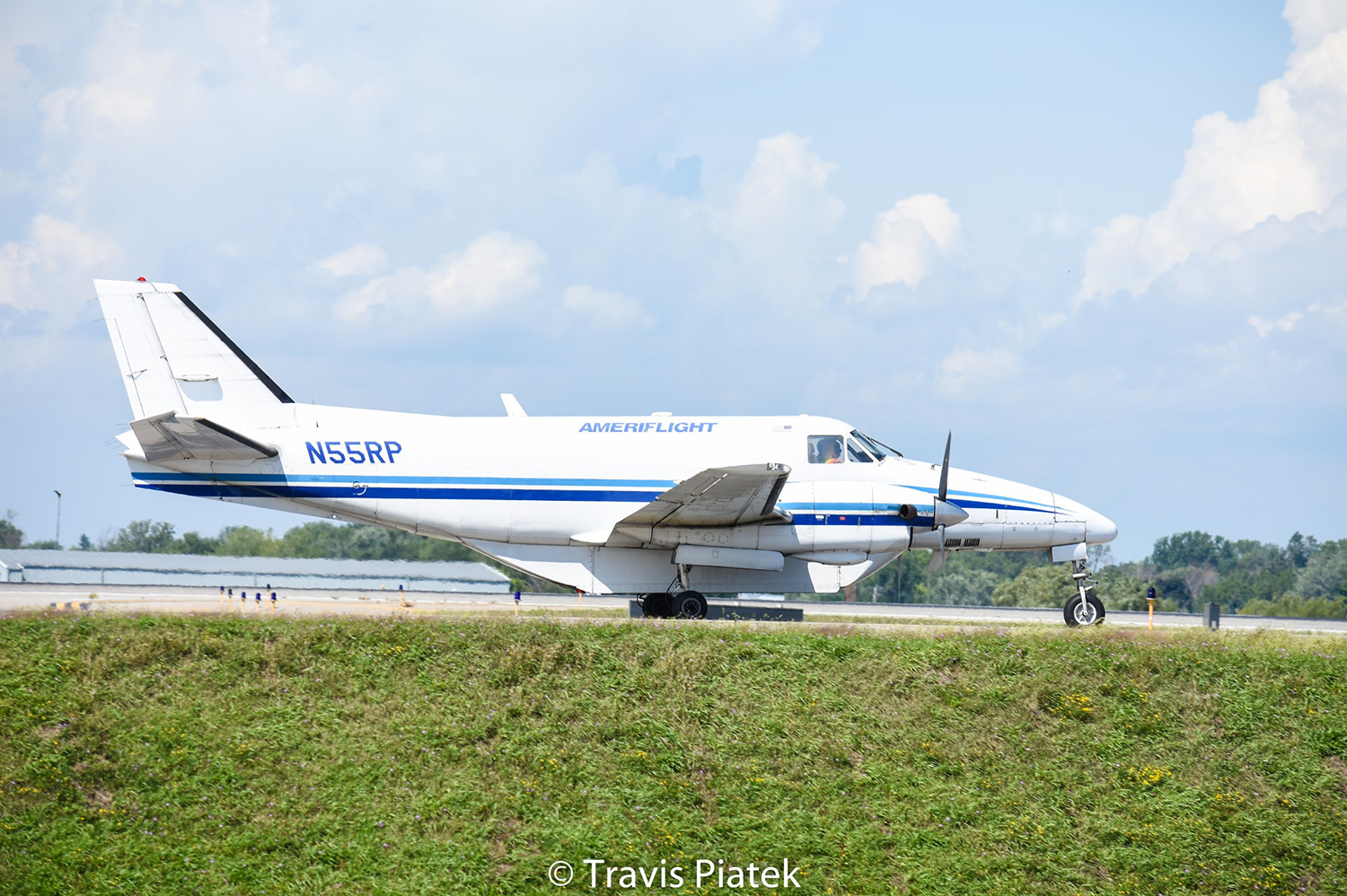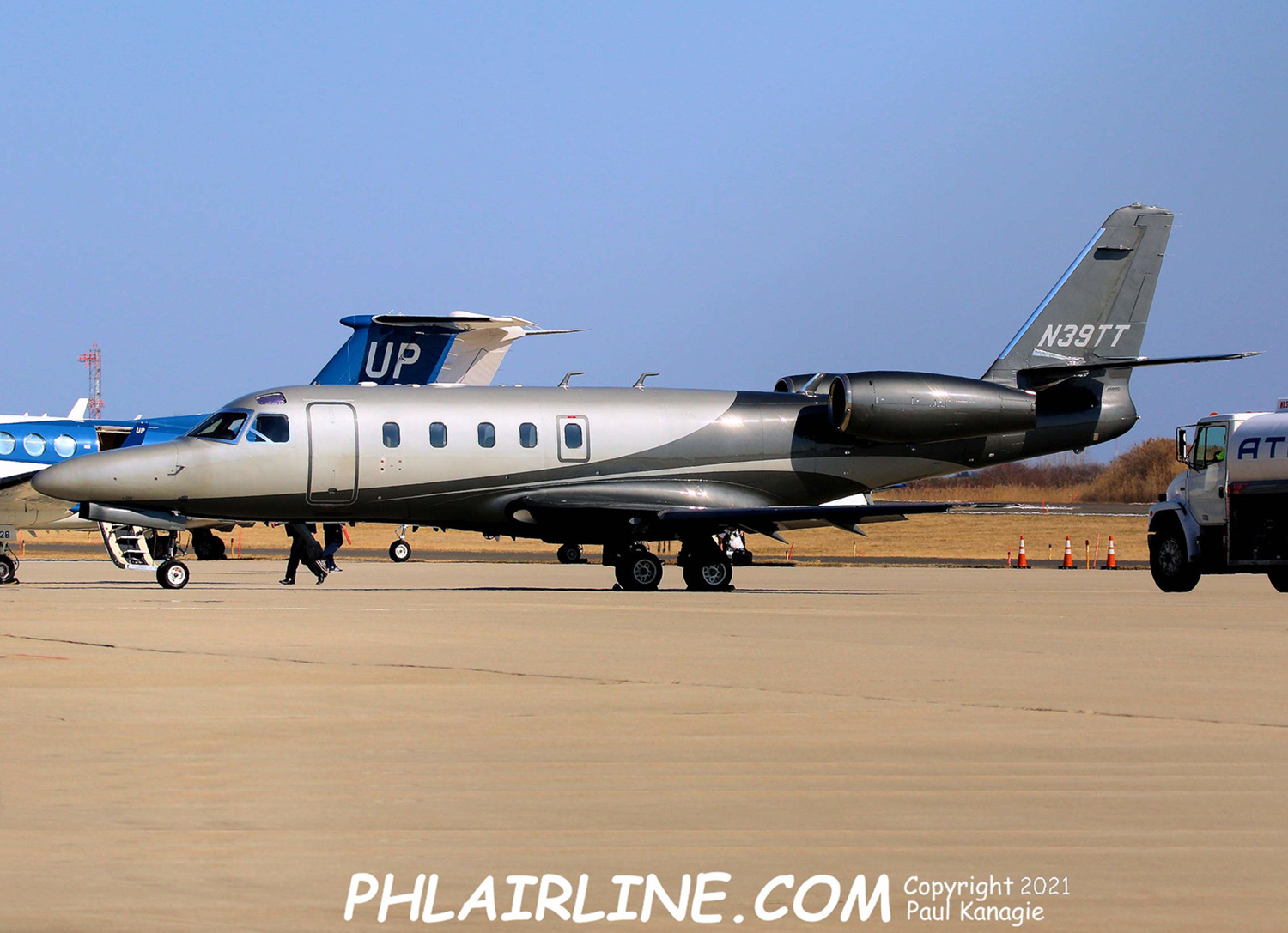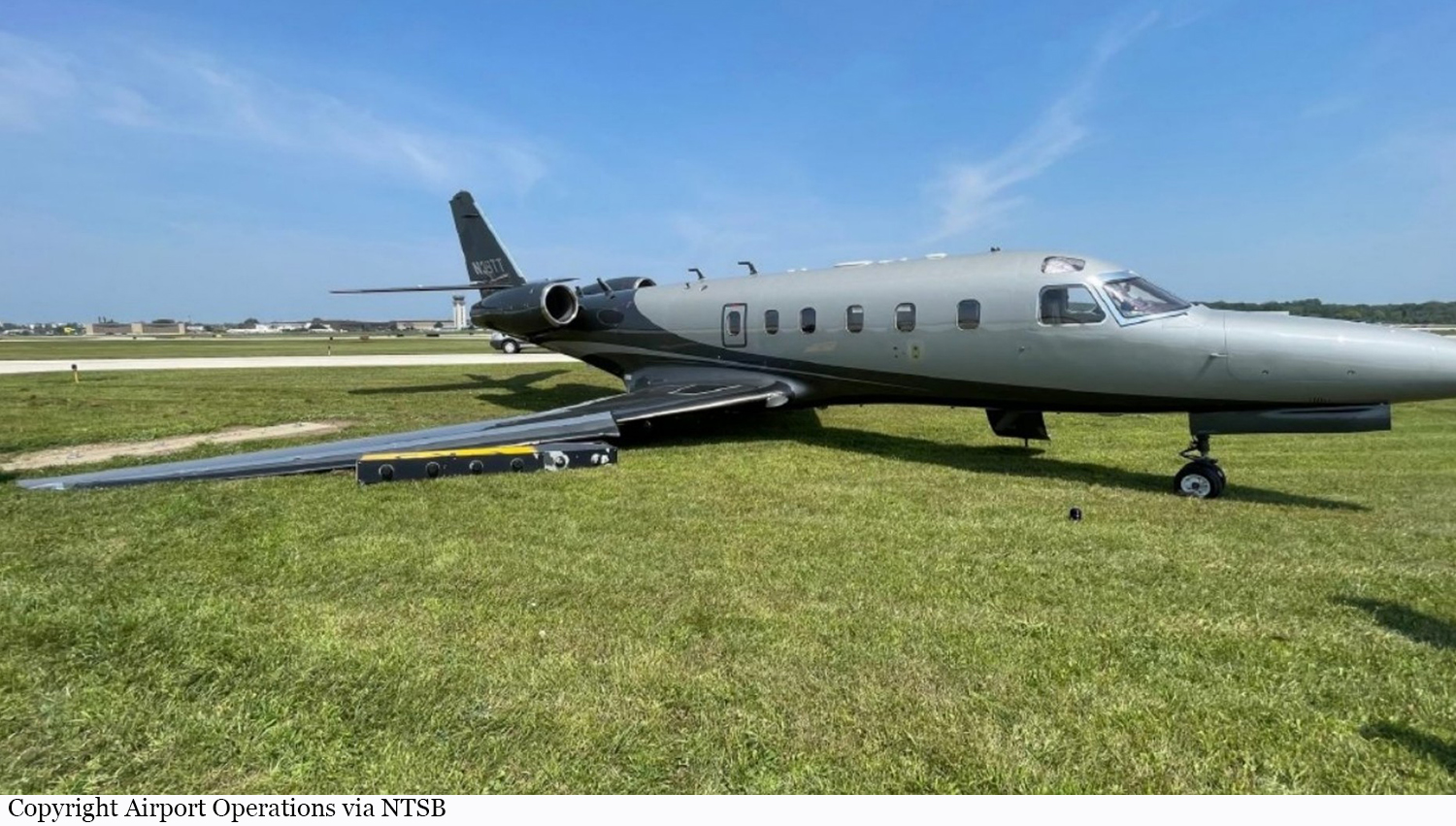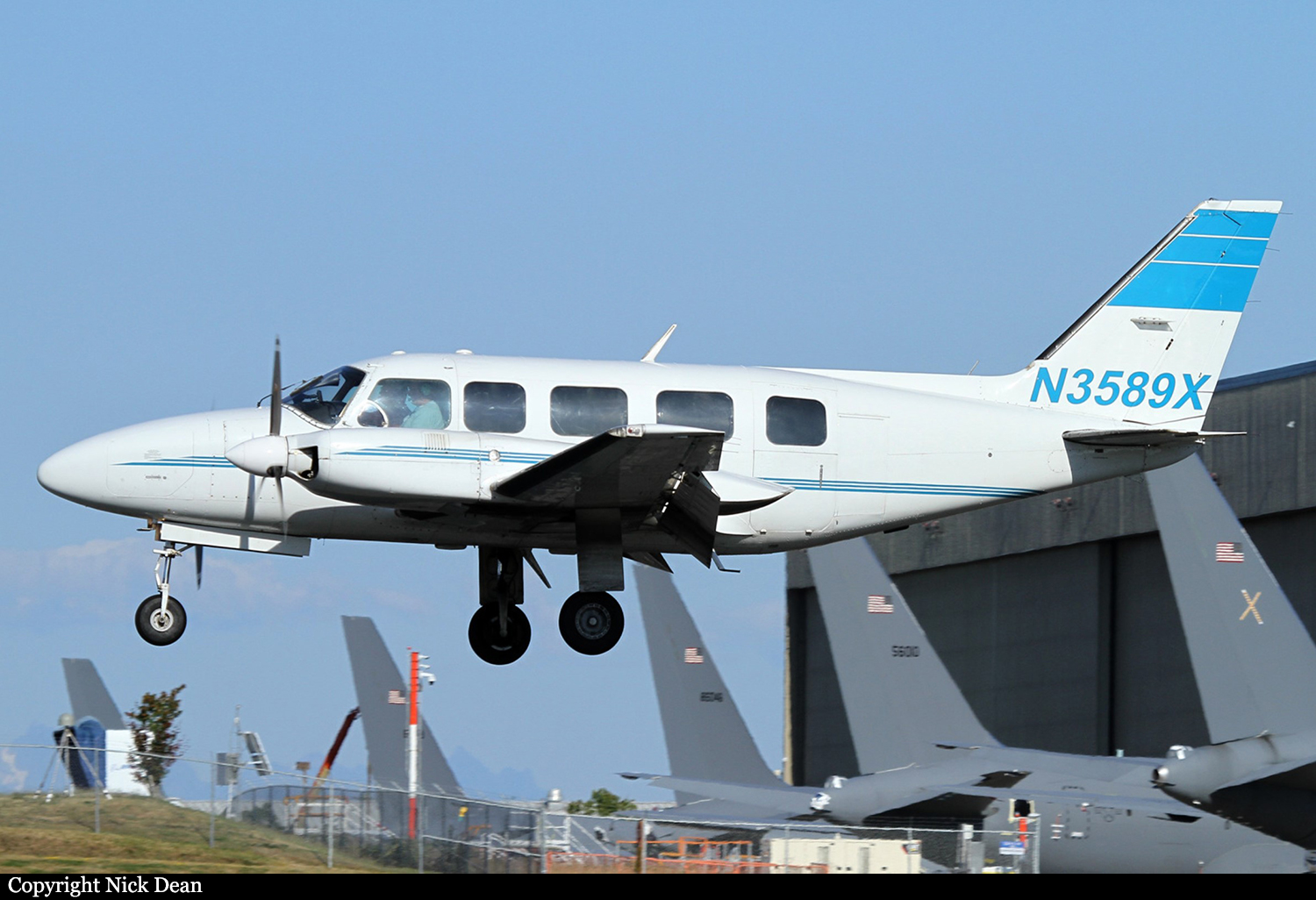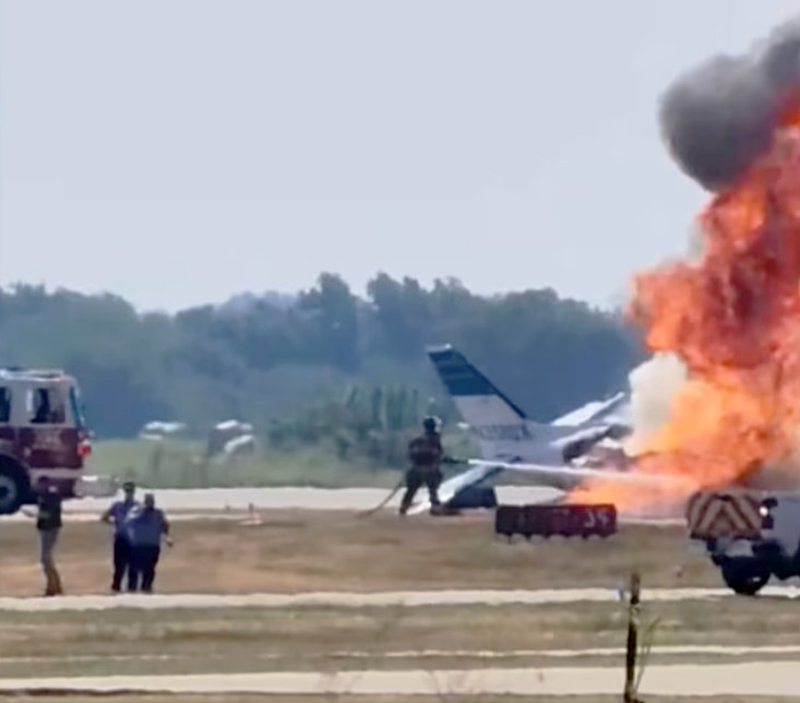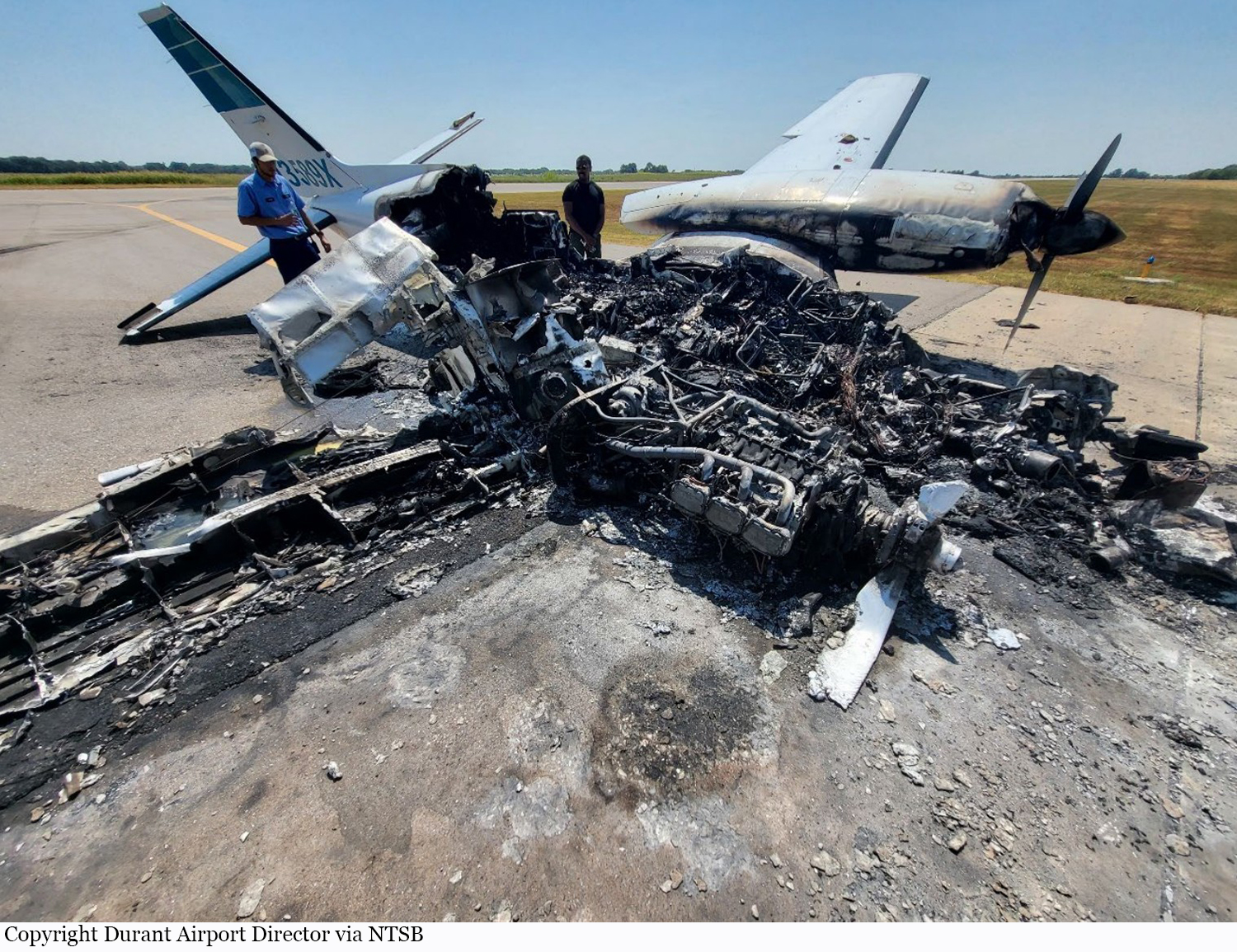Circumstances:
On September 21, 2023, about 1436 eastern daylight time, an Embraer SA EMB-525, N434FX, operated by Flexjet LLC, was substantially damaged when it was involved in an accident near St. Simons Island, Georgia. The pilot, copilot and six passengers were not injured. The airplane was operated as a Title 14 Code of Federal Regulations Part 91K fractional flight. The flight departed Westchester County Airport (HPN), White Plains, New York at 1239, destined for St. Simons Island Airport (SSI), St. Simons Island, Georgia. According to the pilot, the departure and en route phases of the flight were uneventful. During the arrival phase into SSI they elected to fly the RNAV (GPS) Runway 4 approach to allow them to be better aligned and setup for the landing. Checklists and callouts were conducted, and the approach was stable. After the 500 ft stable callout was made the airplane crossed over a small section of trees and rose slightly. The airplane then began to porpoise slightly when it was about 100 to 150 ft above mean sea level. The pilot tried to make corrections, but the airplane was not responding to his control inputs. The airplane then landed hard and slid along the runway, coming to rest in the grass off of runway 4. After the airplane came to rest, they evacuated the passengers safely and powered down the airplane. According to the copilot, the flight from HPN to SSI was uneventful until the final few seconds. When they were cleared for the approach, the pilot configured the airplane, slowed appropriately, and selected “Flaps 3” for the landing. The checklists were completed, and they had the runway in sight when they were 10 miles from the airport. No other traffic was identified as being in the airport traffic pattern and they prepared to land. The copilot made the “500’, Stabilized, 20 knot of headwind” callout at approximately 500 ft’. As the airplane crossed above the airport property, it began to pitch rapidly up and down. The copilot then looked over at the pilot’s hand on the control side sick and he could see him moving it back and forth excessively. He then said something along the lines of “Take it easy there,” and the pilot replied that the airplane was not responding. At that point the airplane was “maybe 50 ft” above the runway. The airplane touched down hard, prior to the runway threshold, on centerline, bounced and then touched down again. The airplane was listing to the right and skidding on the runway while slowly drifting to the right. The airplane slid off the runway and onto the grass where it hit a concrete sign base before it came to rest on the grass. Prior to opening the main cabin door, the copilot realized that both engines were still running. He then asked the pilot to shut down engines so that he could open the door to deplane the passengers. The copilot observed fuel gushing from the belly of the airplane when he exited. Examination of the accident site and airplane revealed that the airplane was substantially damaged. Both main landing gear were damaged, and the struts had punctured the top of the wings. During the impact sequence the airplane skidded down runway 4 for approximately 2,531 ft, then departed the right side of the runway, shearing off eight runway lights, one taxiway light, and destroying the taxiway A4 directional sign. The right main landing gear separated from the airplane and the leading edge of the right wing was damaged consistent with the impact with the taxiway sign. The airplane then went across taxiway A4, coming to rest between runway 4, taxiway A, and taxiway A4. The total distance from the airplane’s touchdown to where the airplane came to rest was approximately 3,083 ft. The reported wind at SSI about the time of the accident was from 050° at 13 knots, gusting to 23 knots. According to Federal Aviation Administration (FAA) and pilot records, the pilot held an airline transport pilot certificate, with a rating for airplane multi engine land, and commercial privileges for airplane single engine land and single engine sea. He also held type ratings on the BE-300, BE-400, CE-560XL, CE-650, CL-600, EMB-550, HS-125, and MU-300. His most recent FAA firstclass medical certificate was issued on June 13, 2023. He reported that he had accrued approximately 10,900 total flight hours, with 1,872 hours in the airplane make and model. According to FAA and pilot records, the copilot held an airline transport pilot certificate with a rating for airplane multi engine land, and commercial privileges for airplane single engine land. He also held type ratings on the A-310, A-320, B-757, B-767, DC-9, DC-10, EMB-550, and LR-JET. His most recent FAA first-class medical certificate was issued on June 13, 2023. He reported that he had accrued approximately 16,686 total flight hours, with 306 hours in the airplane make and model. According to FAA and maintenance records, the airplane was manufactured in 2020. The airplane’s most recent continuous airworthiness inspection was completed on April 11, 2023, at 2,863 total hours of operation.
